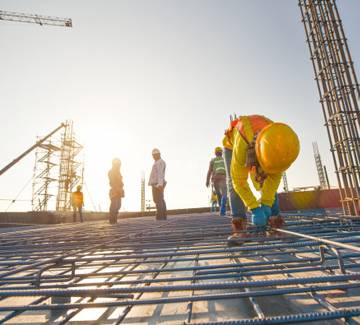Greenhouse film is a durable and inexpensive way to cover your greenhouse. It is made of polyethylene plastic, which is light and easy to work with and maintain. It also comes in a variety of sizes and styles to suit your needs. Some of our most popular plastic films are 4 year 6 mil, 4 year 8 mil, and 4 year 10 mil.
Greenhouse film is a plastic sheeting that is used to create a barrier between the outside environment and the inside of a greenhouse. It is often used to protect plants from the elements, such as wind, rain, and extreme temperatures. Greenhouse film can also be used to allow light to pass through, while still keeping the interior of the greenhouse warm. Greenhouse film is available in a variety of thicknesses, so it can be tailored to the specific needs of the greenhouse.
Greenhouse film is a type of plastic sheeting that is used to cover greenhouses in order to protect crops and plants from the elements. It is made of polyethylene and comes in a variety of thicknesses and widths. Greenhouse films are available in single-layer or multi-layer sheets and can be used for both commercial and residential greenhouses. They are also used to protect outdoor furniture and equipment from rain, wind, and sunlight. Greenhouse films can help to maintain a consistent temperature and humidity level inside the greenhouse, creating an ideal growing environment for plants.
Advantages Greenhouse Film
1. Improved Crop Yields: Greenhouse film helps to insulate your crops and protect them from extreme temperatures, allowing for more consistent temperatures and improved crop yields.
2. Enhanced Crop Quality: Greenhouse film helps to keep the temperature and humidity levels within the optimal range for optimal crop growth and development, resulting in higher quality crops.
3. Reduced Water Loss: Greenhouse film helps to reduce water loss by creating a barrier between the plant and the outside environment, reducing the amount of water that is lost through evaporation.
4. Reduced Pest and Disease Problems: Greenhouse film helps to reduce the risk of pest and disease problems by creating a physical barrier that prevents pests and disease-causing organisms from entering the greenhouse.
5. Increased Light Intensity: Greenhouse film can help to increase the light intensity that reaches your crops, which can lead to improved photosynthesis and increased crop yields.
6. Reduced Risk of Damage Due to Weather: Greenhouse film helps to protect your crops from extreme weather conditions, reducing the risk of damage due to wind, hail and other weather-related events.
Poly greenhouses are used in a variety of places and for a variety of purposes. They are most commonly used in commercial farming and horticulture, where they are used to grow vegetables, fruits, flowers, and herbs. They are also used in residential gardening contexts, to protect and extend the growing season of plants and vegetables. Poly greenhouses can also be used in research settings, such as universities and laboratories, to study the effects of various environmental conditions on plants.
In What Weather Condition we should use poly greenhouse?
Poly greenhouses should be used in climates with mild temperatures and low wind speeds. They are well-suited for areas that experience no more than a few weeks of extremely cold temperatures during the winter months. Poly greenhouses are ideal for areas with mild winters and hot summers, as they are designed to keep the interior cool in the summer and prevent heat loss in the winter.
Specifications of Poly Greenhouse
1. Size: Poly greenhouses are typically available in widths ranging from 6-30 feet and lengths from 8-100 feet.
2. Frame: Poly greenhouses are typically made with galvanized steel frames.
3. Glazing: The glazing material used to construct the walls and roof of a poly greenhouse is usually plastic or acrylic.
4. Ventilation: Poly greenhouses typically feature adjustable vents, louvers or fans to ensure adequate air circulation.
5. Heating and Cooling: Poly greenhouses may include heating and cooling systems to regulate the temperature inside the structure.
6. Ventilation and Shade: Poly greenhouses usually include a combination of manual and automated ventilation systems, as well as shade cloths to protect plants from direct sunlight.
7. Accessories: Poly greenhouses may include additional accessories such as automatic watering systems, benches, tables and lighting.






